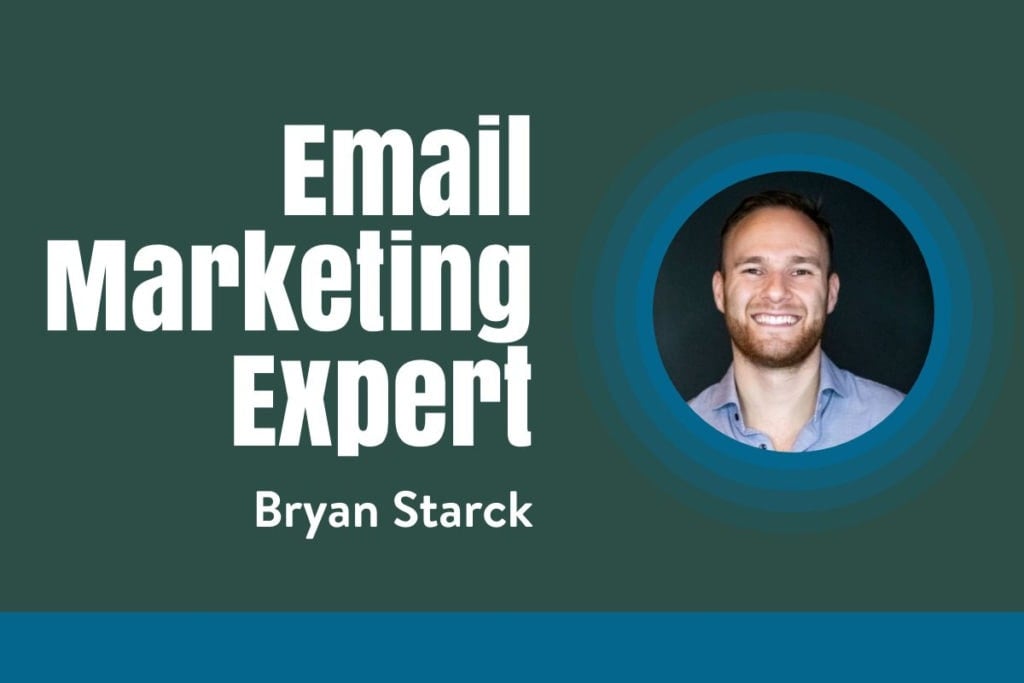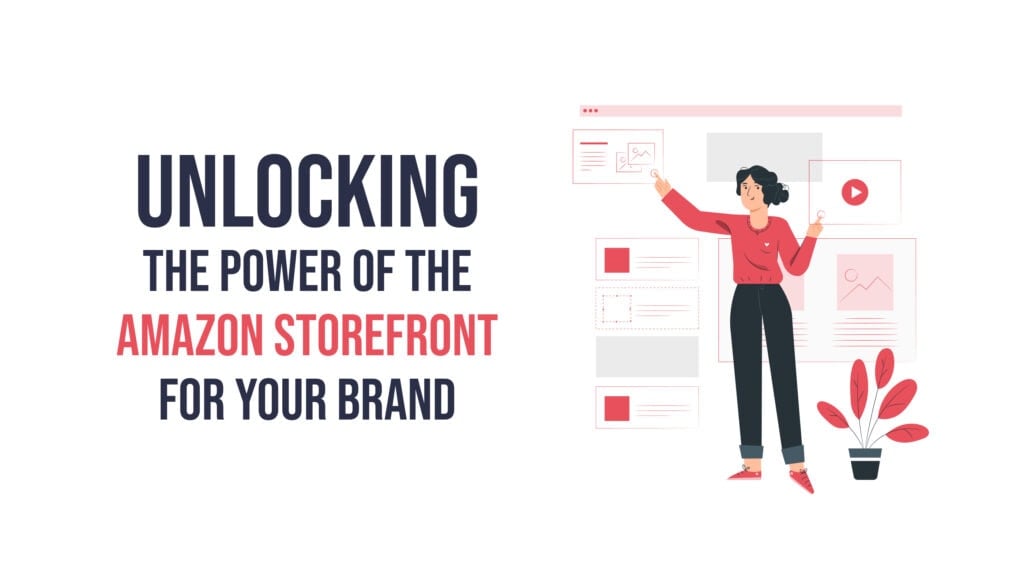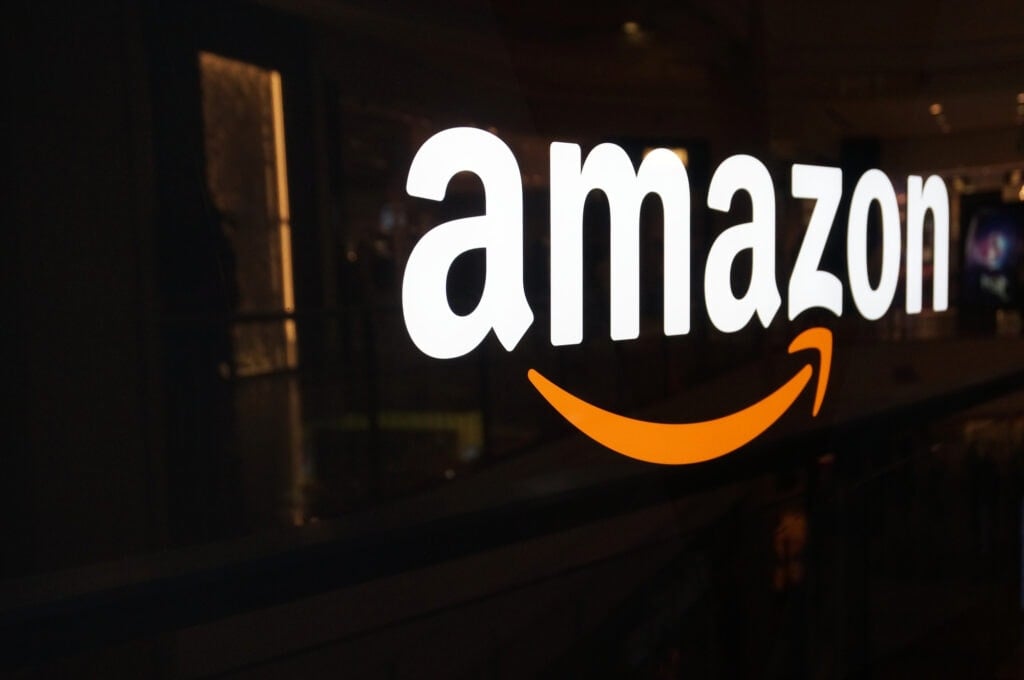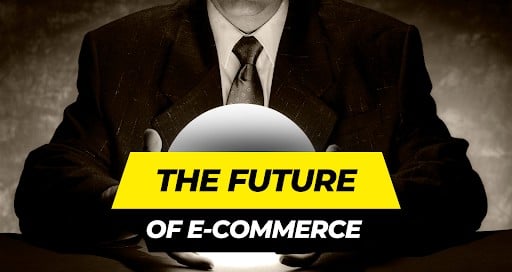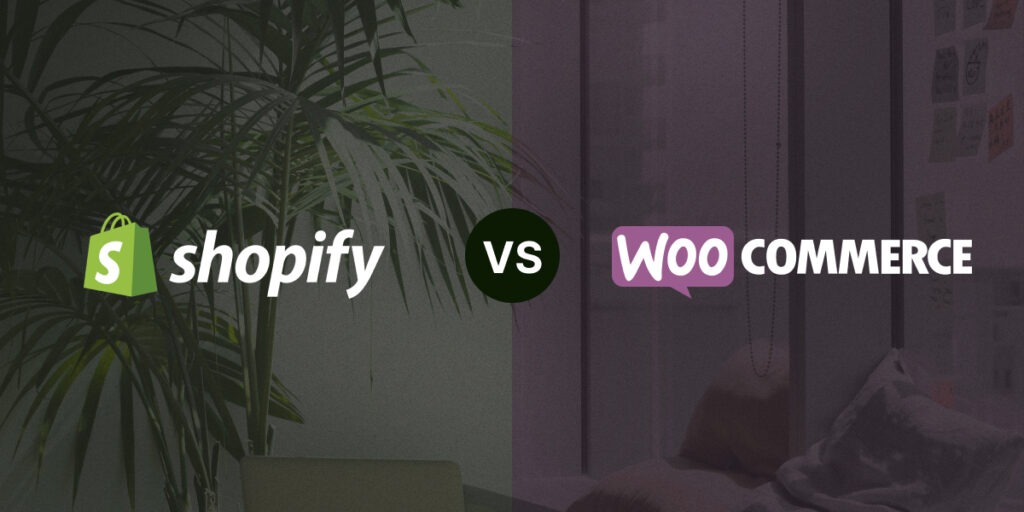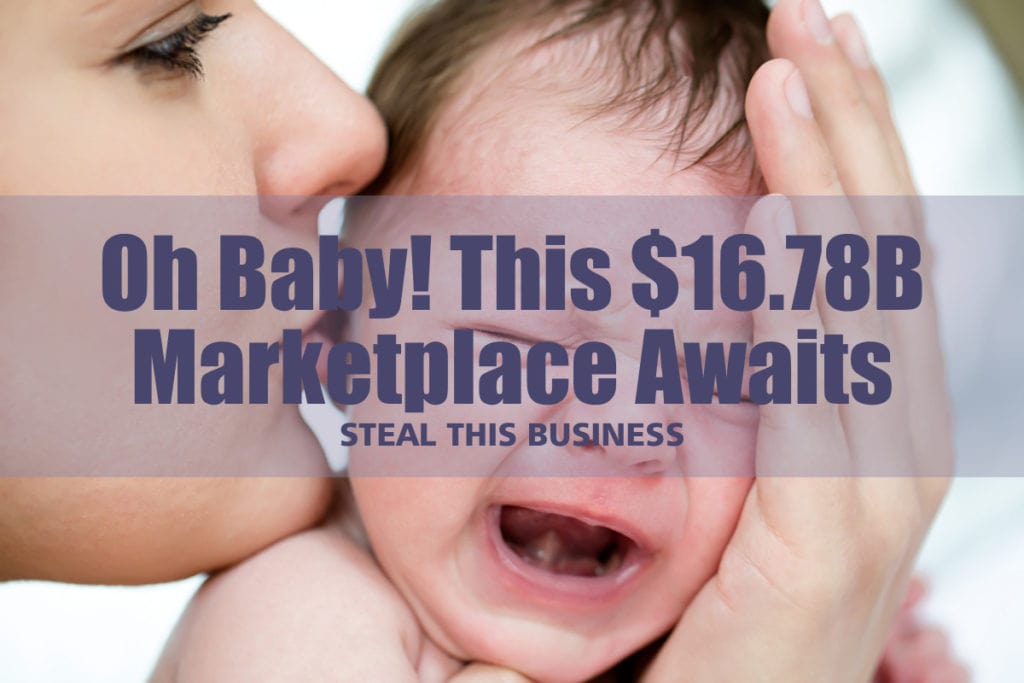Of all the different ways to market your eCommerce brand, few are as powerful as automated email flows.
Whether you’re just starting out or a seasoned veteran with years of experience in eCommerce, flows are one of the best ways to make sure that your message gets through the clutter.
In this article, we'll unpack the seven eComm email flows every Shopify brand needs. You'll learn how to create an effective welcome sequence, build trust with new customers after they buy, recover lost carts and shopping sessions, create repeat buyers, and protect your deliverability.
Plus, we'd love to teach you how to build a million dollar brand FREE.
Ready to get started? Read on...
What Are Email Flows?
When it comes to email marketing, there are two primary types of emails.
The first type is the broadcast email. Broadcast emails are the ones that you write up and press "schedule" on in your email software. (An example of this would be if I wanted to email my list about a new product release, or a flash sale I was running)
The second type is email automation, or "flows".
An "email flow" is an automated series of emails that are triggered based on subscriber actions.
And because they are automated, they will deliver to the right customers 24/7 once you set them up.
(An example of a flow would be a brand's welcome series for newsletter subscribers).
Why Are Email Flows So Important?
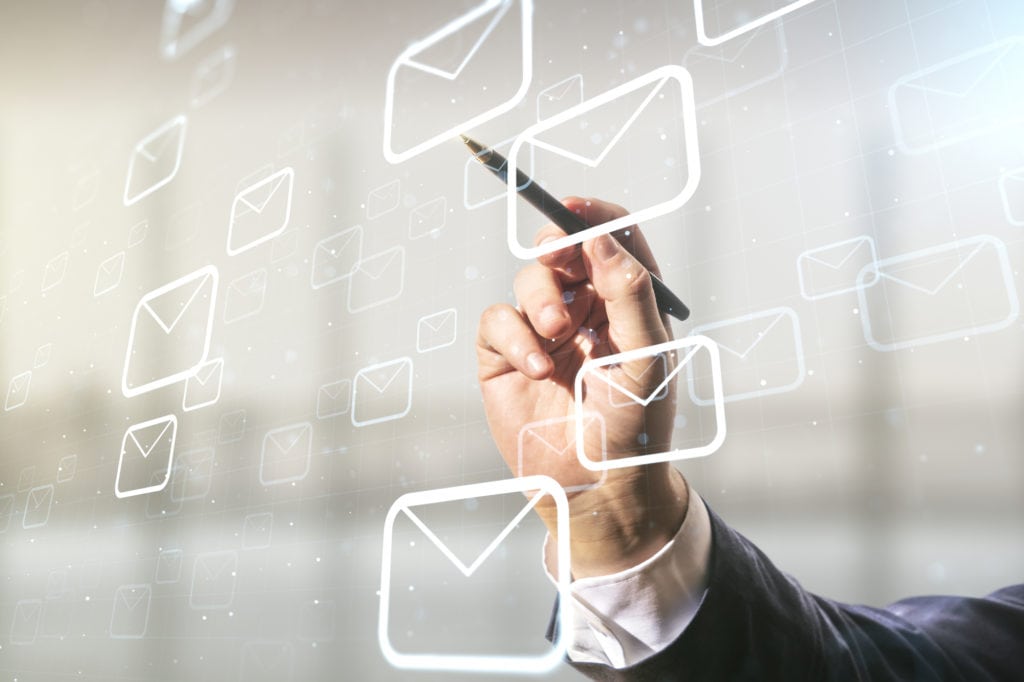
Email flows are amazing for connecting with your leads, turning them into customers, and then bringing them back for repeat business. And they bring three huge advantages to any brand who sets them up right.
First - email flows are automatic.
Unlike manual broadcast emails or social media posts, email flows are evergreen. Once you set them up they run on autopilot - creating great experiences and making sales without you having to lift a finger. Even better, they are scalable. You can have 10, 10,000, or 100,000 people join your welcome series today and it wouldn't add extra work for you.
Second - email flows are relevant.
Your audience is made up of many kinds of people at different stages in their buyer's journey.
As a brand owner or marketer, the secret to super effective customer communication is to:
- Understand where your customers are in their journey with your brand
- Meet them where they are at with your messaging
That's what makes email flows so effective.
They are triggered based on specific actions or subscriber characteristics. Which means they can deliver personalized messages to the right customers at the perfect time.
Third - email flows are super profitable.
Getting your email flows set up right can give your bottom line a massive boost!
Most top eCommerce brands do about 30% of their total online revenue from email.
About half of that email revenue (15%) usually comes from broadcast campaigns. Things like newsletters, product updates, or promotions.
The other half (15%) usually comes from automated flows.
This means that your flows are a classic 80/20 opportunity. With the core flows set up, you can add 10%, 15%, or even more to your business every month. Essentially on autopilot.
The Essential Email Flows
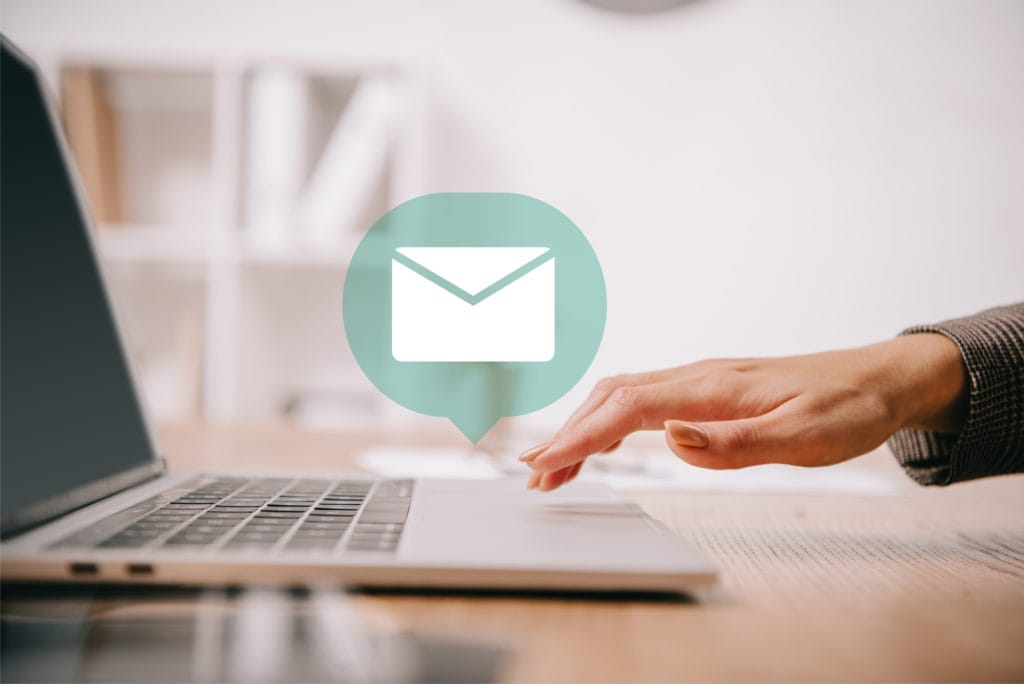
There are hundreds of different flows and automations you could set up as an eComm brand.
But the truth is, you DO NOT need anything that complex to get amazing results. You just have to execute the fundamentals well.
In this next section, we'll unpack the seven most important flows for Shopify brands.
I'll explain what each flow is. And then I'll break down key elements needed to make each flow effective (no matter what you sell).
Let's get started!
New Subscriber Welcome Flow
The New Subscriber Welcome Flow is a series sent to your new email subscribers.
These emails are often a new subscriber's first impression of you and your brand. For that reason, it's a huge "make or break" relationship-building opportunity.
An awesome welcome flow can get people addicted to reading and buying your stuff. But a subpar welcome flow can have the opposite effect - pushing potential buyers away for good.
So let's get it right 🙂
The Goal = Turn Visitors Into Customers
There are a number of things we want to accomplish in our welcome series… but there is one big goal - make sales.
Remember - the primary goal of any business is to make a profit.
And making a profit requires selling your stuff to people.
The welcome flow is one of those places where you really gotta "go for it" in the sales department. In fact, a new subscriber is - by far - the most likely to buy from you within the first week or so of joining your list. So it's important to not be afraid of selling in the welcome series.
You just have to do it the right way.
The Framework:

The ideal length of a welcome flow is usually somewhere between 3 - 8 emails, spread out over 1 - 2 weeks. That said, there is no magic formula for the perfect welcome series - it really depends on you and your brand.
Make sure to also add a "flow filter" that kicks people out when they add something to their cart, or place an order. That way, they don't end up in several flows at once.
Key Elements:
Deliver What You Promise
This one's easy. Let's say you're offering 15% off on a welcome pop-up. Well... make sure to actually deliver the code in your first email!
Same goes for any other type of incentive you promise - make sure to deliver it as soon as possible. This is all about congruency and following through on your promises.
(This also means you may need several welcome flows if you have multiple "entry points" onto your list).
Memorable First Email
The first email in the welcome sequence (really, in any sequence) is the most important.
It's the email the majority of your subscribers are going to open and engage with. And it 100% sets the tone for the rest of your emails to come.
So it pays to spend the time adding extra personality and thought into this touchpoint. It's also very important that you deliver whatever opt-in offer you promised in this email.
Share Your "Why"
These days, consumers want to understand the "why" behind the brands they choose to support.
We have so many choices for where to spend our hard-earned money. And if you can feel proud to support a brand, it makes the decision to choose them that much easier.
So take the time to share your brands' "why" in the welcome flow (the second email is usually a good candidate for this).
**Bonus points if your "why" translates into a direct benefit for your target customer.
Highlight Your Best-Sellers
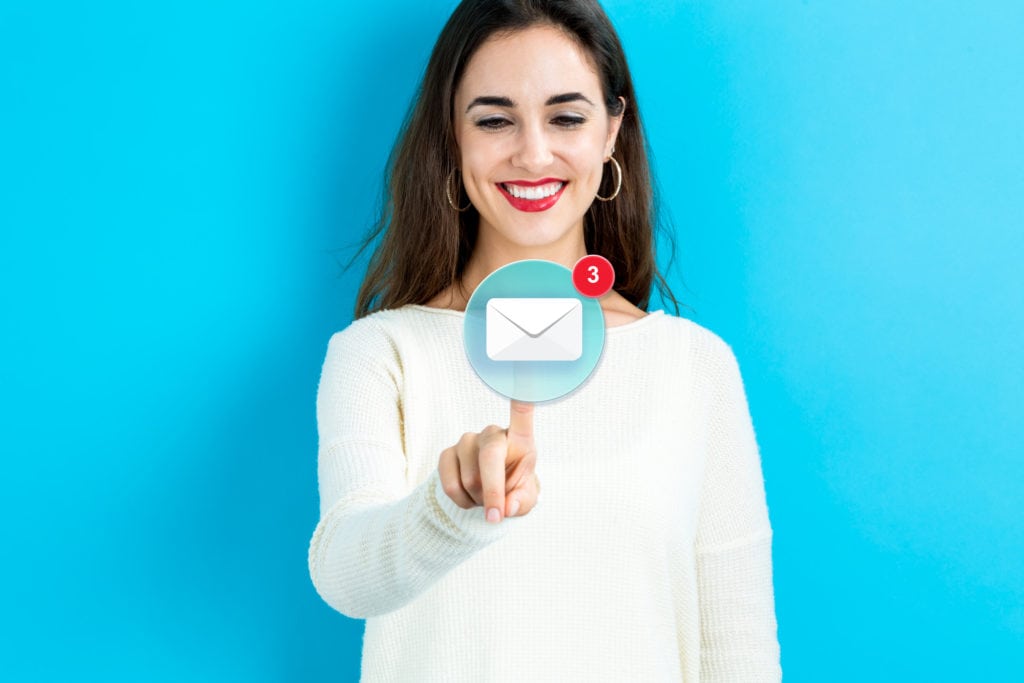
Remember, your ultimate goal with the welcome series is to turn a prospect into a customer. So don't waste your time by promoting anything other than your 1-3 bestsellers.
Get them into your world first, then expand their horizons.
Social Proof (Show, Don't Tell)
Pictures or videos will almost always sell better than your words. If you can feature the visual benefits or qualities of your products... do it! Same goes for testimonials and reviews. Your happy customers will always sell better than you can.
Touchpoints On Different Channels
Email is awesome and still super powerful. But let's face it - most of us are not sitting around reading brand emails all day.
If our goal is to truly meet our customers where they're at... it means expanding beyond email into other owned media channels like SMS or even direct mail. Especially where you can reach customers on their phones.
For example - adding SMS into one of our clients' welcome flow has almost doubled the conversion rate from when it was just email.
Believe me, text is not something you want to sleep on.
Authentic Urgency & Scarcity
Nothing gets people off the fence better than authentic urgency and scarcity. So wherever you can leverage time sensitive or limited offers in your welcome series, do so.
The most common way to do this is through a time-sensitive discount for new subscribers. For example -- "Use this code to take 15% off for the next 3 days".
New Customer Post-Purchase Flow
The Post Purchase flow is a series of emails that go out to your new buyers after they place their first order. And it is one of the most under-appreciated marketing tools in all of eCommerce.
Most brands put very little time and effort into this flow. But when it's done well...
It can be an engine that drives unbelievable goodwill, UGC, and repeat orders.
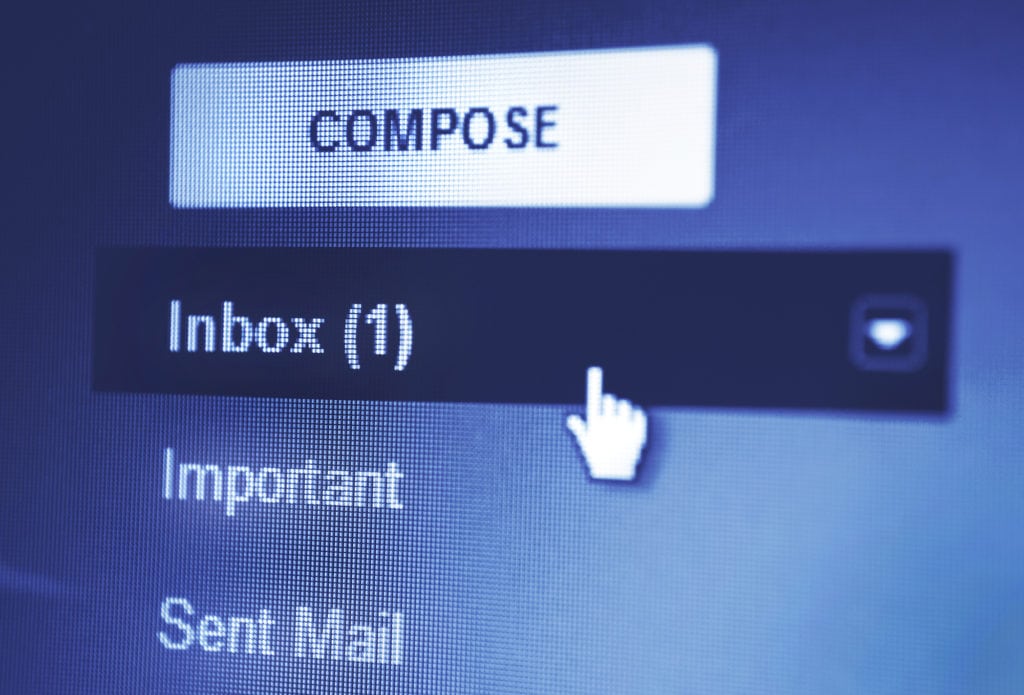
When it's done wrong (or not at all)...
It can leave your new customers feeling "hung out to dry", or like they are just a number in your sales report.
The Goal = Help Your Buyers Achieve Success With What They Bought
Everyone talks about how positive word of mouth is the most effective form of marketing, right?
Well, let me ask you this.
When does a customer start singing the praises of your brand to their friends?
When they get results with your product.
It doesn't matter whether you sell supplements, shoes, or skateboards.
That awesome word of mouth engine that takes brands to the moon and brings customers back for 2nd, 3rd, and 4th orders...
Will come only when the majority of your customers love your products and get results with them.
That's why our number one goal for the post purchase flow is NOT to sell more stuff right away. It's to help our new buyers achieve success with what they just bought.
You can think of it more like a "pre-arrival" series, where you're priming them to receive their order.
The Framework:
3 - 7 emails spread out over the average delivery time for your brand. If it usually takes 7 days for a customer to get your product after placing an order...
You want your post-purchase flow to go at least 7 days. Ideally, a day or two more.
Key Elements:
A Great "Thank You" Email.
In your first email, it's really important to thank your new buyers for choosing to place an order with you. It's important to validate that they made a great decision. And it's important to set proper expectations around shipping and upcoming communication.
Share Your "Why"

Many people may not have been on your list before they bought. So it's important that you bring them into your world and share your "why". Just like you did with your welcome sequence.
Help New Customers
This is the most important of all the elements in this series.
Think about what you would say to someone who came up to you on the street and told you they just bought your product.
- What would you tell them while they wait for it to arrive?
- Is there a special protocol they need to follow?
- Steps they need to follow to prepare?
- Expectations they need to have?
- Questions or concerns to answer?
Whatever it is, address those things as emails in your post-purchase flow.
Cross-Engage Them
You don't want new customers just engaging with you by email. Make sure to invite them to join you on social media, your blog, communities, etc.
Abandoned Checkout Flow
Did you know that 60% - 70% of eCommerce carts get abandoned on average? That's a lot of potential sales.
For example, let's say you do $20,000 per month in sales, but have a 60% cart abandonment rate. Well, that means that you missed out on an extra $30,000 worth of potential sales due to abandoned carts!
That's why it's so important to have a great abandoned checkout flow set up.
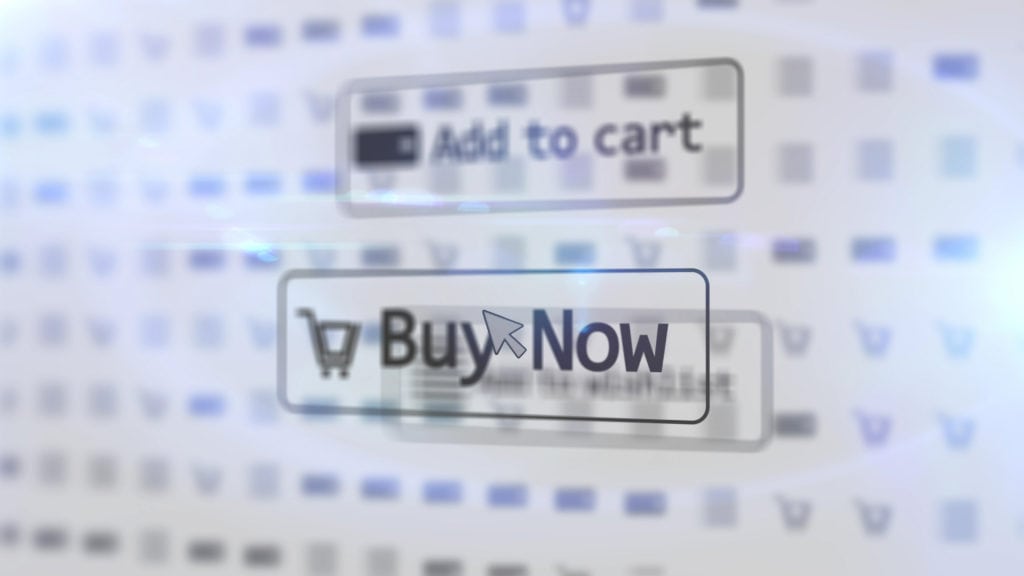
The abandoned checkout flow is a series of emails that goes out to people who have initiated checkout on your store, but left before completing their purchase.
And when it's done right, this flow can often recover 10%-15%+ of your cart abandoners.
The Goal = Recover Abandoned Checkouts
The purpose of an abandoned cart flow is simple - recover lost carts and sales. Everything else is in service to that goal.
The Framework:
3-6 emails over the course of 3-7 days. And unlike the welcome flow or the post-purchase flow, the idea here is strike while the iron's hot. That usually means front-loading several emails within the first 1-2 days.
The timing I usually see works best for eComm is:
#1: +30 minutes
#2: + 6 hours
#3: + 18 hours
#4: +1 day
Key Elements:
Reminders, Not Discounts
A big mistake many brands make with their abandoned cart flow is offering discounts or incentives right out of the gate. They assume that their customers need some extra incentive to buy. But that's not true.
There are so many reasons why people abandon their carts other than the price.
Maybe they got distracted by their kids. Maybe they started checkout on their phone, but wanted to wait to buy till they got to their desktop. Or maybe they just need a little extra nudge to decide.
That's why offering a discount in your first few abandoned cart emails is throwing away money.
Instead, focus on starting your flow off with a couple of simple reminders.
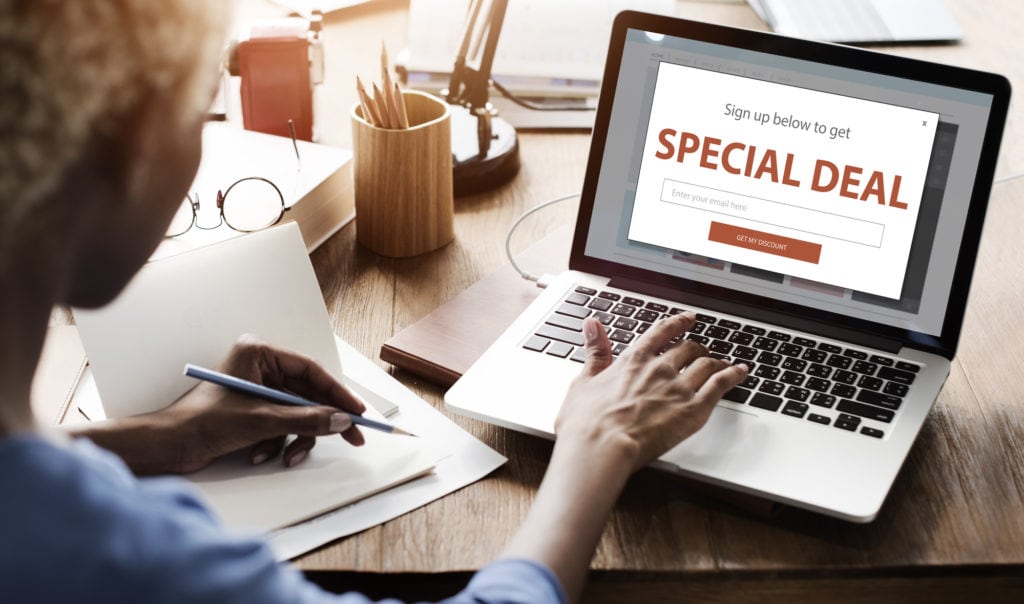
"Hey, we saw you added this to your cart, but didn't didn't complete your checkout. If you're ready to do that, you can click here to return to your cart."
Simple, easy, effective.
If you do want to add a discount, do it on the back-end of the flow as a "discount ladder". That way, anyone who is willing to buy without one will do it and exit the flow before seeing a discount.
"No-Pressure" Language
Plenty of marketers will disagree with me on this. But trying to "pressure" or "convince" your potential customers to buy from you…
(Or even worse, make them feel bad for not choosing to buy)
It is one of the worst possible things you can do as a brand owner.
There are several reasons why:
- People hate feeling pressured into purchasing decisions.
- It makes you and your brand seem desperate for the sale.
So instead of trying to "convince"... Invite them to an awesome opportunity to buy!
It's a subtle but powerful distinction. But practically-speaking, it's using language like:
- "Return To Cart" instead of "Buy Now"
- "If you're ready to try [product], you can do that here" (instead of "Click here to place your order")
Humor
Abandoned cart flows are a great place to leverage some humor.
You know, there's a lot of funny reasons why people might have abandoned their cart. And depending on your niche and your brand voice, you can really have some fun with these emails.
If you can make people smile at your marketing, they're way more likely to trust and buy from you.
Messages On Other Channels
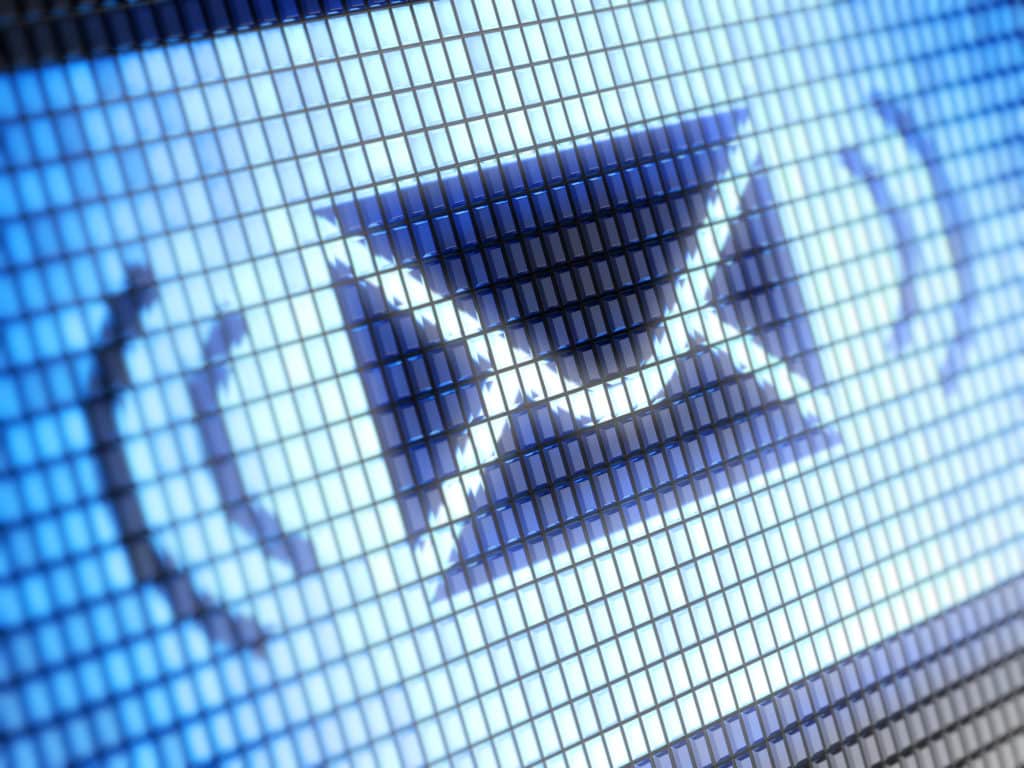
Email by itself is great... but it is nowhere near as effective as a multichannel approach.
Since we've started including strategic SMS messages in our abandoned checkout and cart flows for clients... the recovery rate has gone through the roof. Another amazing strategy is to actually follow up with your cart abandoners via a phone call.
Browse Abandonment Flow
A browse abandonment flow is for subscribers who view a product on your site, but don't add to cart or checkout.
This series is extremely effective when done well... but can be very off-putting when misused.
The Goal = Recover lost sales and shopping sessions from your existing site visitors
The Framework:
2 - 4 emails over 3 - 5 days. This flow should generally be shorter than your abandoned cart flow. You should also apply filters to remove people who add to cart or check out since starting the flow.
Key Elements:
Don't Be A Creep
This is a big one. Don't be creepy with your browse abandonment flow.
Again, this flow gets sent out when someone views a product on your site. That's the only action they're taking. So it can be off-putting to receive an email that sounds like "Hey, we were watching you and noticed you viewed this".
Instead, you'll want to take a more laid back approach.
"Did you have your eye on this?
"Don't leave this behind"
Etc, etc.
Flow Filters
In Klaviyo and most email service providers, you can exclude people from flow emails using something called "flow filters".

This is critical for all of your flows... but especially your browse abandonment. Because this flow tends to go haywire if you don't put restrictions on who can get it.
You may want to exclude previous customers from receiving this flow, or anyone who has bought within the last 14-30 days. You also may want to exclude anyone who has been in the flow recently.
Segmentation For Improved Results
One of the ways you can supercharge your browse abandonment flow is to personalize it based on the buyer's journey.
For example, you can create splits that put non-buyers, one-time buyers, repeat buyers, and even lapsed customers in different paths. That way, you can send something specific for each group.
Doing this creates a bit more work on the setup, but it can make all the difference in your flow performance.
"Profit-Maker" Flow
A "Profit Maker" flow is not something you'll see in a Klaviyo help guide or most email marketing courses. But it's so important to have in place.
The Goal = Generate Repeat Orders
So what is a "profit maker" flow?
It is my blanket term for any series of emails designed to get a first-time buyer to come back and place a second order. And it's called a "profit maker" because most brands' profit comes from a customers' second order. Not the first.
For that reason, we want to have a separate flow(s) dedicated to getting a second order from a new customer.
The Framework:
The core versions of this flow are the replenishment series, the "cover your bases" series, or the cross-sell series.
A replenishment flow invites customers to "stock back up" on whatever they bought last. This flow is best for consumables such as supplements, cosmetics, or food products.
A "cover your bases" flow invites customers to buy more with an appeal to "common sense".
For example, let's say you run a store that sells bedding, and someone buys a single sheet set from you. Well, most households need more than one sheet set, right?
Maybe they have 2-3+ beds in their home. And each one of those beds should really have 2 sheet sets so that you can rotate them in and out while cleaning.
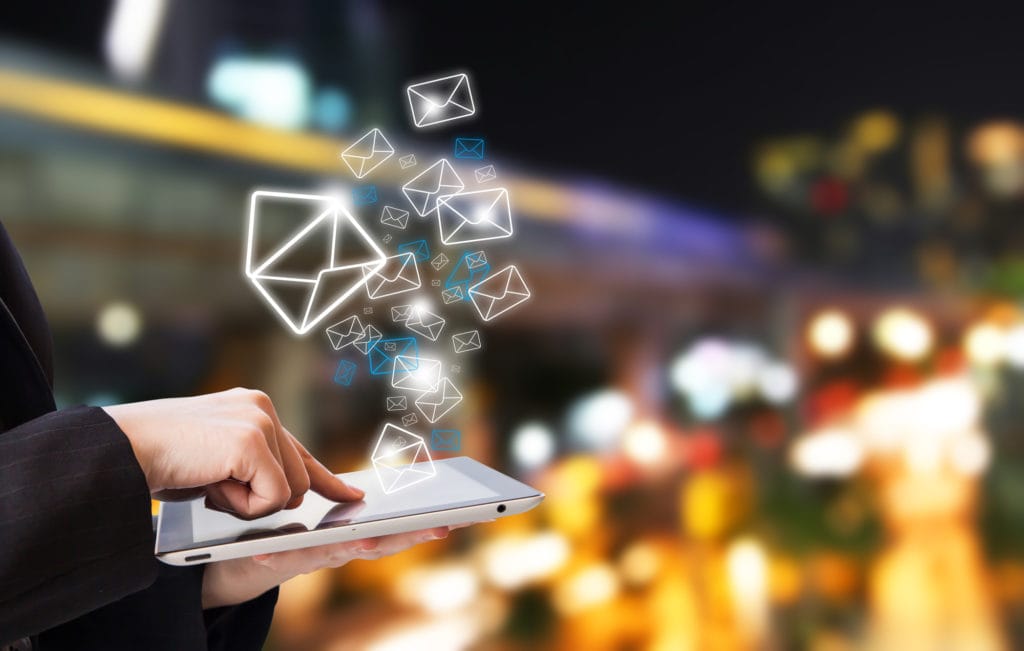
That means you actually need 4-6 sheet sets!
If there are other products customers logically need to get their desired result (ex. supplements, home goods, cleaning supplies, car accessories), then use this flow. Invite them to "cover their bases" by buying more from you.
A cross-sell flow is where you invite customers to buy a different product than the one they purchased last.
The core message here is:
"Because you bought XXX, we think you'll like YYY"
The magic is actually tailoring the messaging based on what the customer bought last. This can be accomplished using "trigger filters" in email tools like Klaviyo.
Key Elements
Get The Timing Right
When you set up a Profit Maker flow, you have to be very intentional about the timing of the emails.
You don't want to reach out too soon (especially before they've had a chance to use their last order). But you also don't want to wait too long, where your brand is less fresh in their mind.
You can figure out your ideal timing for these flows by analyzing when most of your repeat customers come back for a second order.
Flow Filters
Add flow filters that remove people who have placed an order since starting this flow. Otherwise, you'll end up bombarding your customers with irrelevant and annoying emails.
Repeat Customer Flow
Another very important flow to set up is your repeat customer flow.
This is a series sent to your repeat customers (2nd order, 3rd order, etc, etc).
There are many different ways you can set this flow up. But I prefer to have a dedicated "new customer flow" for 1st-time customers. And then a separate flow that takes care of 2nd, 3rd, and 4+ order customers.
The Goal = Reward and engage your repeat customers (ie, your best customers)
The repeat customer flow is not meant to generate lots of sales. Its number one goal is to reward, validate, and engage your active repeat customers.

Why?
Because repeat customers are the true engine behind almost every uber-successful brand. And we want to treat them like they matter!
The Framework:
1-3 emails over the course of 1-3 days. This flow doesn't need to be very long, as long as it's meaningful.
Key Elements:
Recognize Your Best Customers
If someone makes it into your repeat customer flow (whether they've bought twice, three times, or more) they're a great customer. So it's important for you to make them feel appreciated and taken care of.
Ask For UGC
Your repeat customers like your stuff. Which means they're perfect candidates for reviews, testimonials, or insight into your brand. So make sure to add some requests for that UGC in your post-purchase flow!
Treat Them!
These are your best customers. So you might want to consider unlocking a special privilege or offer for them as "VIPs". This extra step really goes a long way for your loyal customers.
"Wow" Moments
The best eComm brands have mastered creating "wow" moments for customers. And one of the best opportunities to do this is for your repeat buyers.
Send them a special Facebook message. Or a personal letter in the mail. Or even a phone call from your customer support team to let them know you appreciate them.
Re-Engagement Flow

A re-engagement flow is all about protecting your list hygiene and email deliverability.
And it's so important to have one as iOS 15 and other privacy updates destroy our ability to track open rates.
The Goal = Follow up with unengaged subscribers to generate engagement (aka, clicks).
The last thing that you want to be doing is sending lots of emails to people who never opened or never click. Because that tells Google and the other ISPs that you are a bad sender.
And over time, they're going to start sending your emails to the promo tab or even worse, to spam.
Unfortunately, with open rates going away, we will have to rely on metrics like clicks and "active on site" to measure engagement.
That's where the re-engagement flow comes in.
The Framework:
With a re-engagement flow, you define specific "engagement periods". If a customer has not clicked an email during that time, they'll get kicked into this flow. And it will send them a series of emails meant to get them to engage by clicking the email or visiting your site.
At 100 Celsius, we usually send emails at 30, 60, 90, and 180 days to people who have not clicked or engaged.
If people don't engage by the end of the flow, you mark them as "unengaged" and send fewer emails to them.
This practice can help keep as many people active as possible while protecting your sending reputation.
Key Elements
"On the Nose" Subject Lines
You really want people to open these emails. So consider being bold and even a little "on the nose" with your subject lines. Things like "still there, {{first_name}}?". Or "goodbye {{first_name}}".
Make it Easy to Engage (aka, click)
Don't be timid about these emails. Go for the click. Make your call to actions super clear. You don't want to lose a valuable subscriber because they didn't know what you want them to do.
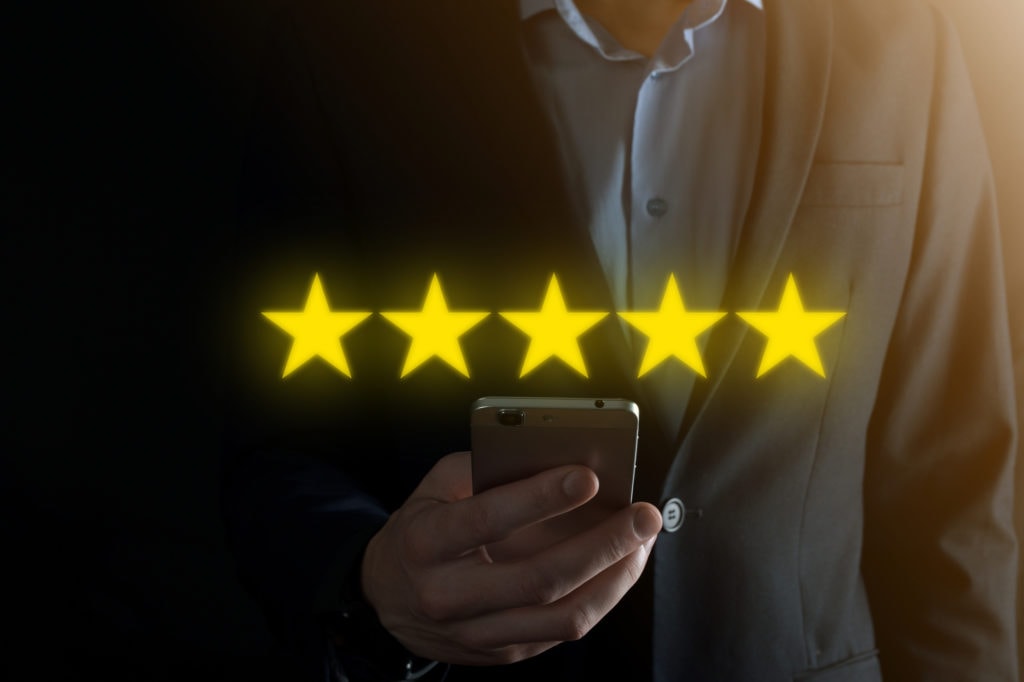
Be Transparent
Consider letting your subscribers know they are at risk of being removed from your list because they aren't engaging. Let them know that if they want to keep getting emails from you, they need to engage.
What Should I Do After Setting Up My Core Email Flows?
At this point, you might be asking yourself - "what should I do after setting up my core flows?"
Here are a couple of next steps:
- Accelerate your email program with regular broadcast email campaigns. Automated flows are the best place to begin with email. But they are only half the battle. Layering in regular, segmented broadcast emails to your list is the next step!
- Optimize your flows. Once you have the core flows set up, it's time to test and optimize. You can split-test subject lines, email content, timing, or even targeting. And over time, you can massively improve the performance of your automations. You can also create tailored versions of each flow for different customer segments. For example, a different abandoned cart flow for prospects and customers.
- Go multi-channel. As I've mentioned several times now, email should not exist in it's own box. It should be part of a well-rounded marketing plan that includes multiple channels. We've found that the natural complement to email is SMS, and are seeing amazing results layering both together for clients.
- Be a Data Geek. Now more than ever, brands and marketers have to get obsessed with data and learning about their customers. Consumers expect a personalized, relevant experience from brands. And the only way you can deliver that to them is to collect zero and first-party data about your customers.
Consider using things like multi-step popups or quizzes to collect data around preferences or demographics when people join your list. That way, you can tailor their experience and get more insight into their behavior.
Truthfully, it's a lot to handle (which is why many brand owners choose to engage a customer engagement agency like 100 Celsius). But when you do all of this well... it can turbocharge your brand and the relationships you make with customers.
Final Thoughts
Wow, we've covered a ton!
Email marketing automation is one of the best ways to meet your customers where they're at with messages that hit home. Plus - they can be one of the biggest profit boosters for Shopify brands.
Hopefully, you now understand the core email flows and the key elements behind them.
If you'd like to go deeper on these email flows, customer engagement strategy, or if you'd like to learn more about working with our agency 100 Celsius, I've put together some resources just for you here on this page.
Contributed by Bryan Starck, who helped a fitness brand add $206,796 to the top line in 30 days using nothing but email.
Your Turn?
Here at Capitalism.com, we're on a mission to make one million new millionaires by 2028. We'd love YOU to be one of them.
The best way we know to create generational wealth is to build a lucrative business that makes the world a better place. Then invest the profits so your wealth grows while you sleep.
That's why we've created a FREE course that will walk you through the process, step-by-step from $0 to $1 million. Join the Road to $1 Million course free right here.
